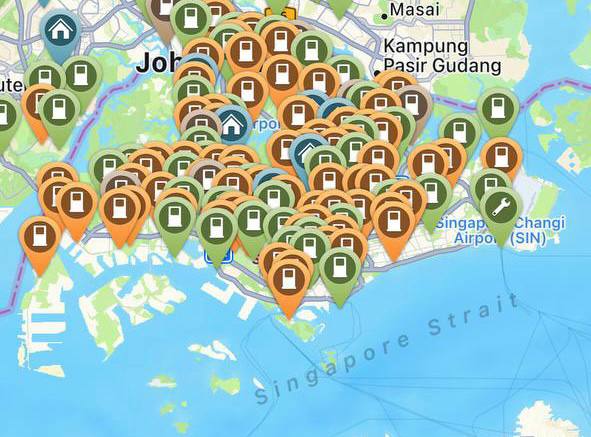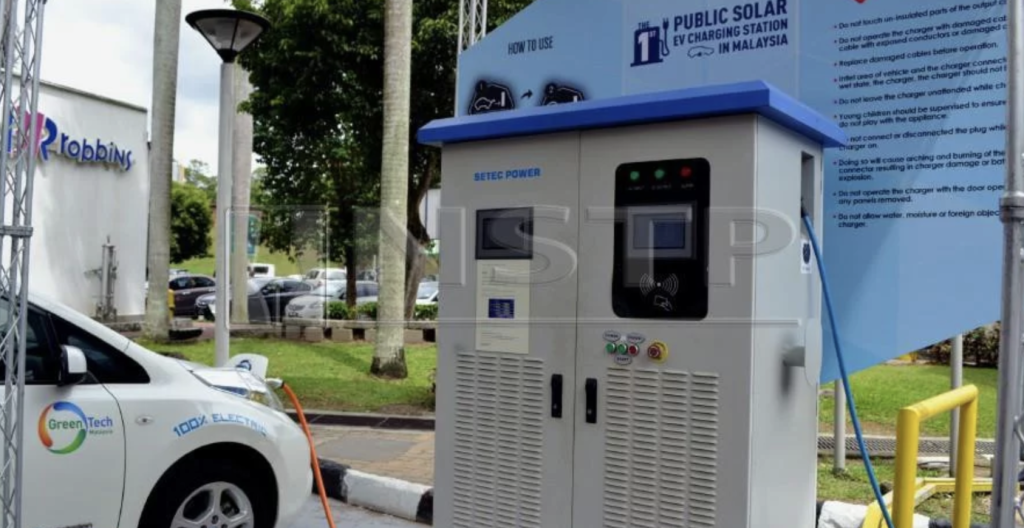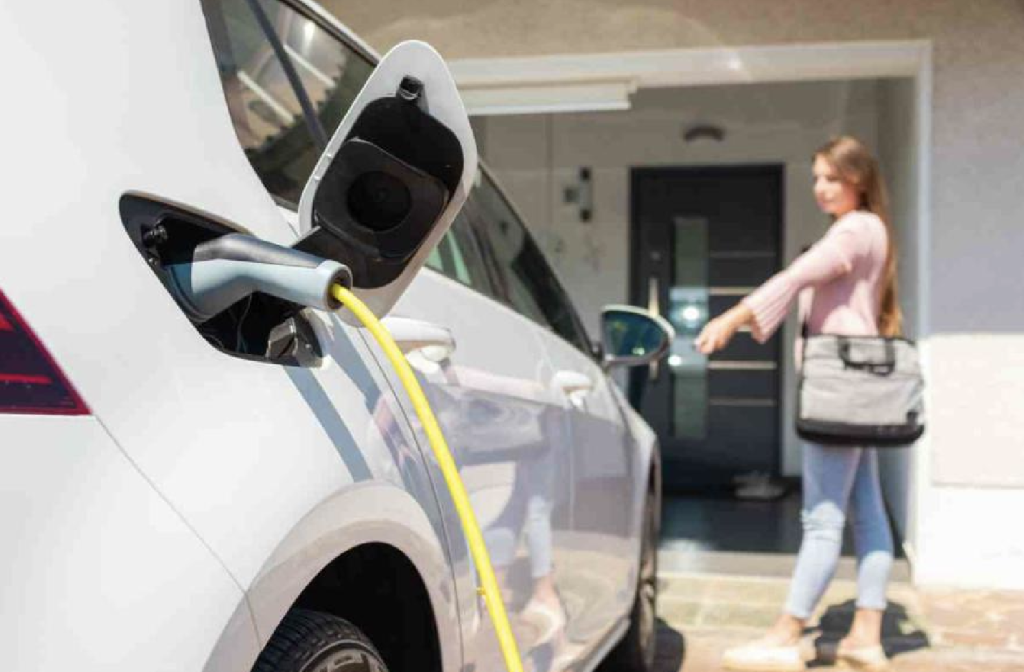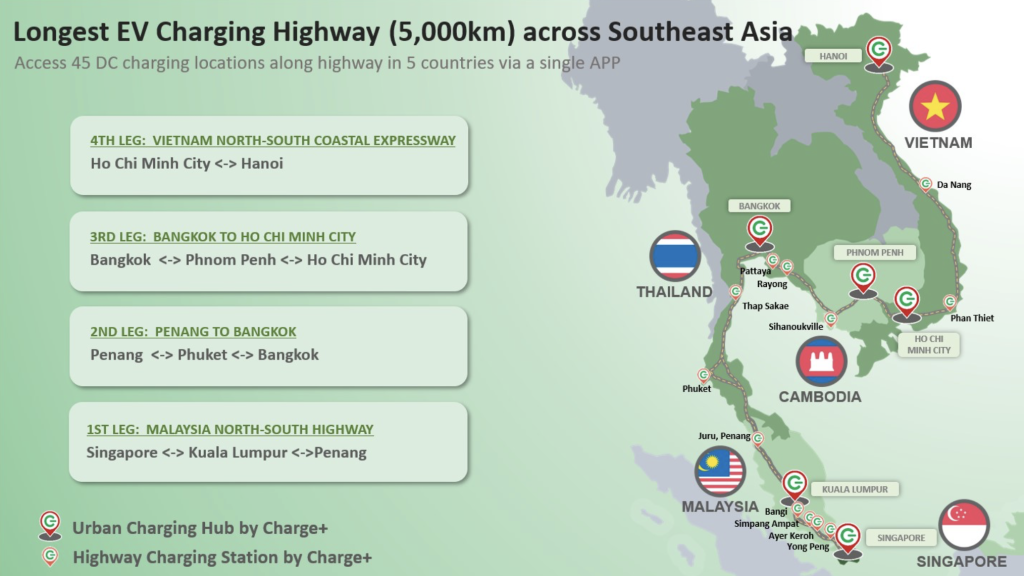The transition to electric vehicles (EVs) represents a crucial step towards achieving sustainable transportation systems globally. As nations strive to reduce carbon emissions with global temperatures projected to reach unprecedented levels in the next five years, the urgency for the implementation of EVs is greater than ever today.
In Southeast Asia, the neighboring countries of Malaysia and Singapore have emerged as key players in the region’s EV adoption journey. However, despite their geographical proximity, a significant hurdle remains: the lack of a seamless cross-border EV infrastructure between the two countries.
Although efforts have been made to address this issue, such as the joint venture formed by Yinson GreenTech and LHN EVCO to deploy cross-border charging services, are they truly sufficient to bridge the gap?
Here is an overview of the current EV infrastructure between Malaysia and Singapore.
The lack of EV chargers to support cross-border travel
According to Hanafi Sakri, the senior director of the Malaysian Ministry of International Trade and Industry (Miti), Malaysia currently has about 900 EV charging stations. This is a far cry from its neighbouring city-state Singapore, which has over 3,600 public charging points installed islandwide.

The stark contrast between these figures become even more prominent when we put these figures into perspective. With a population of approximately 5.9 million people, Singapore has managed to establish a significantly higher number of charging stations per capita as compared to Malaysia’s population of over 33.2 million.
Although Malaysia plans on bringing the total number of EV charging points to 4,000 by the end of the year, it would still inevitably lag behind Singapore’s efforts given its larger population size.
The readiness and availability of charging stations not only provides convenience to EV owners but also helps to alleviate concerns about range anxiety. A robust charging network ensures that EV drivers have accessible charging options no matter where they are, which, in turn, contributes to the overall confidence and convenience of owning and driving EVs.
As it is, range anxiety still remains a key concern for Singaporeans, despite the high number of available chargers in the city-state. The lack of EV chargers available in Malaysia further propels this fear, making it challenging for those venturing northward from Singapore to destinations like Thailand.
The availability of DC chargers is scarce

That aside, the scarcity of DC chargers in Malaysia (and especially alongside the North-South Expressway) is a huge obstacle to a seamless cross-border travelling experience using an EV.
As opposed to AC chargers that typically consume a couple of hours to fully charge an EV (and in some cases, consuming over 40 hours for a Type 1 charger), DC chargers can provide high speed charging, ranging from just 20 minutes to an hour.
Although more expensive to implement, these DC chargers are more suited for long distance travels such as cross-border travels between Malaysia and Singapore as they allow EV owners to quickly recharge their vehicles and continue their journey without prolonged waiting times.
Of the 900 EV chargers in Malaysia, only a small handful of them are DC chargers, a disappointing and worrisome figure for those planning to drive their EV northwards from Singapore. With limited availability and accessibility — much like the woes this CNA writer had to endure — the lack of DC chargers can impact travel plans and lead to additional delays.
Additionally, EV owners may have to end up wasting travel time waiting to utilise DC chargers, just like this instance back in April 2022, where long queues were seen forming at these charging stations alongside the NSE.
Is there an incentive for Malaysia to implement more EV chargers?
With only 10,000 registered EVs in Malaysia as of December last year, this figure represents just a small fraction when considering the country’s population as a whole. Furthermore, when compared to the number of registered motor vehicles per 1,000 population, which stands at 993.7, the proportion of EVs remains disproportionately small.
This disparity indicates that EV adoption has not reached a critical mass to drive substantial investments in charging infrastructure.
However, even if the adoption of EVs becomes widespread in Malaysia, there is a unique challenge that needs to be considered. The majority of Malaysians reside in landed properties, which often provide ample space for homeowners to install EV chargers on their premises.

This preference for home charging infrastructure over public charging spots may impact the motivation to develop an extensive network of public EV chargers. For instance, in countries such as the United States, most EV charging take place at home, given the significantly lower cost of energy.
Hence, the primary incentive for the deployment of EV chargers would be to support long-distance and cross-border travel. Taking into account the relatively low number of registered EVs in Malaysia, the demand for public EV chargers would primarily come from Singaporeans or those traveling from Thailand — but would this be enough to drive up the EV infrastructure development?
Can we hope for a seamless cross-border EV infrastructure?
Nonetheless, both Malaysia and Singapore have made considerable strides in promoting the adoption of EVs and facilitating smooth cross-border travel for EV owners. According to Singapore’s Ministry of Transport, the government is currently working with Malaysia to further facilitate cross-border charging of EVs, including coordinating standards to enhance interoperability.
Aside from the government, various EV charging operators have put in significant efforts in the space, such as Charge+, s Singapore-based EV charging provider, which is in the works of developing a 5,000km EV charging highway across five countries in the Southeast Asia region, including Malaysia and Singapore.

Other companies have even integrated their charging networks such that payment for charging in both countries can be done on the same application.
Meanwhile, in Malaysia, the government has set a target to establish 10,000 EV charging stations by 2025 through a collaborative effort with the private sector, but will the government fulfil this pledge?
Or would it end in vain, just like its goal to deploy 5,000 EV charging stations nationwide by the end of last year?
Nonetheless, seamless cross-border EV charging infrastructure between Malaysia and Singapore (if successful) has the potential to bring out a multitude of benefits, including increased EV adoption and tourism growth. With more effort put towards the development of this cross-border infrastructure, a sustainable and interconnected transportation system can be created in the region.
Featured Image Credit: Getty
Stay connected with us on social media platform for instant update click here to join our Twitter, & Facebook
We are now on Telegram. Click here to join our channel (@TechiUpdate) and stay updated with the latest Technology headlines.
For all the latest Life Style News Click Here
For the latest news and updates, follow us on Google News.
